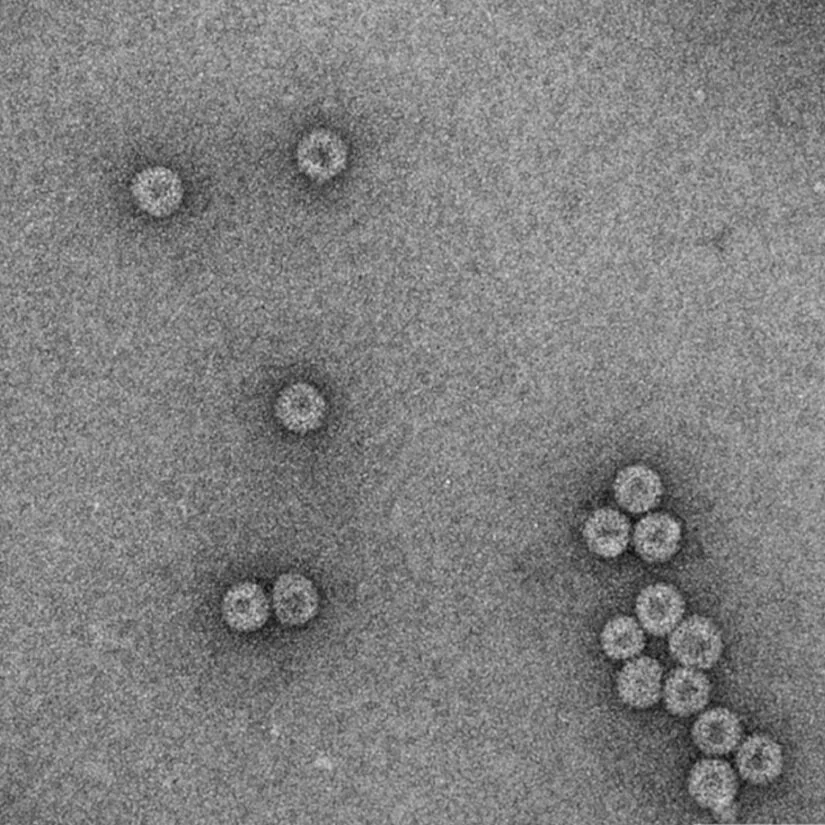OpenPlant PI George Lomonossoff (John Innes Centre) and his team recently published collaborative work with colleagues from the University of Plovdiv and the Center of Plant Systems Biology and Biotechnology, Romania describing how the plant Nicotiana benthamiana can be used to produce virus-like particles of the hepatitis B antigen HBcAg. Their work suggests that HBcAg could be a candidate for use in hepatitis B vaccines.
Efficient Production of Chimeric Hepatitis B Virus-Like Particles Bearing an Epitope of Hepatitis E Virus Capsid by Transient Expression in Nicotiana benthamiana.
Gergana Zahmanova, Milena Mazalovska, Katerina Takova,Valentina Toneva, Ivan Minkov, Hadrien Peyret, and George Lomonossoff.
Life (2021) 11(1), 64
https://doi.org/10.3390/life11010064
ABSTRACT
The core antigen of hepatitis B virus (HBcAg) is capable of self-assembly into virus-like particles (VLPs) when expressed in a number of heterologous systems. Such VLPs are potential carriers of foreign antigenic sequences for vaccine design. In this study, we evaluated the production of chimeric HBcAg VLPs presenting a foreign epitope on their surface, the 551–607 amino acids (aa) immunological epitope of the ORF2 capsid protein of hepatitis E virus. A chimeric construct was made by the insertion of 56 aa into the immunodominant loop of the HBcAg. The sequences encoding the chimera were inserted into the pEAQ-HT vector and infiltrated into Nicotiana benthamiana leaves. The plant-expressed chimeric HBcHEV ORF2 551–607 protein was recognized by an anti-HBcAg mAb and anti-HEV IgG positive swine serum. Electron microscopy showed that plant-produced chimeric protein spontaneously assembled into “knobbly” ~34 nm diameter VLPs. This study shows that HBcAg is a promising carrier platform for the neutralizing epitopes of hepatitis E virus (HEV) and the chimeric HBcAg/HEV VLPs could be a candidate for a bivalent vaccine.

